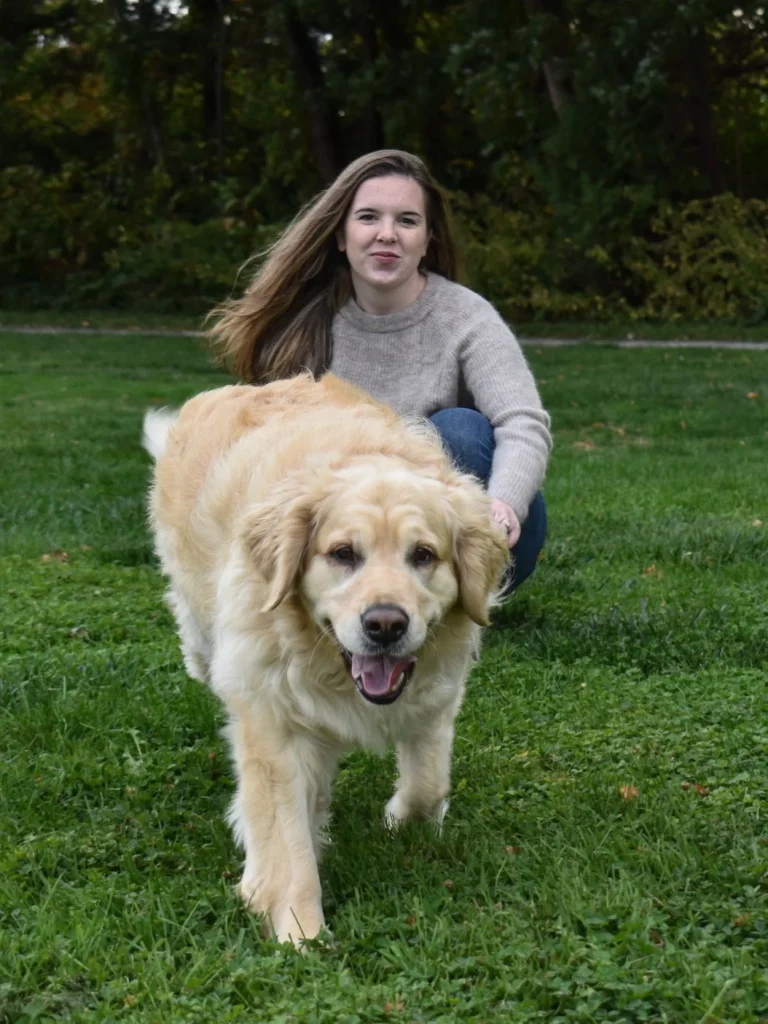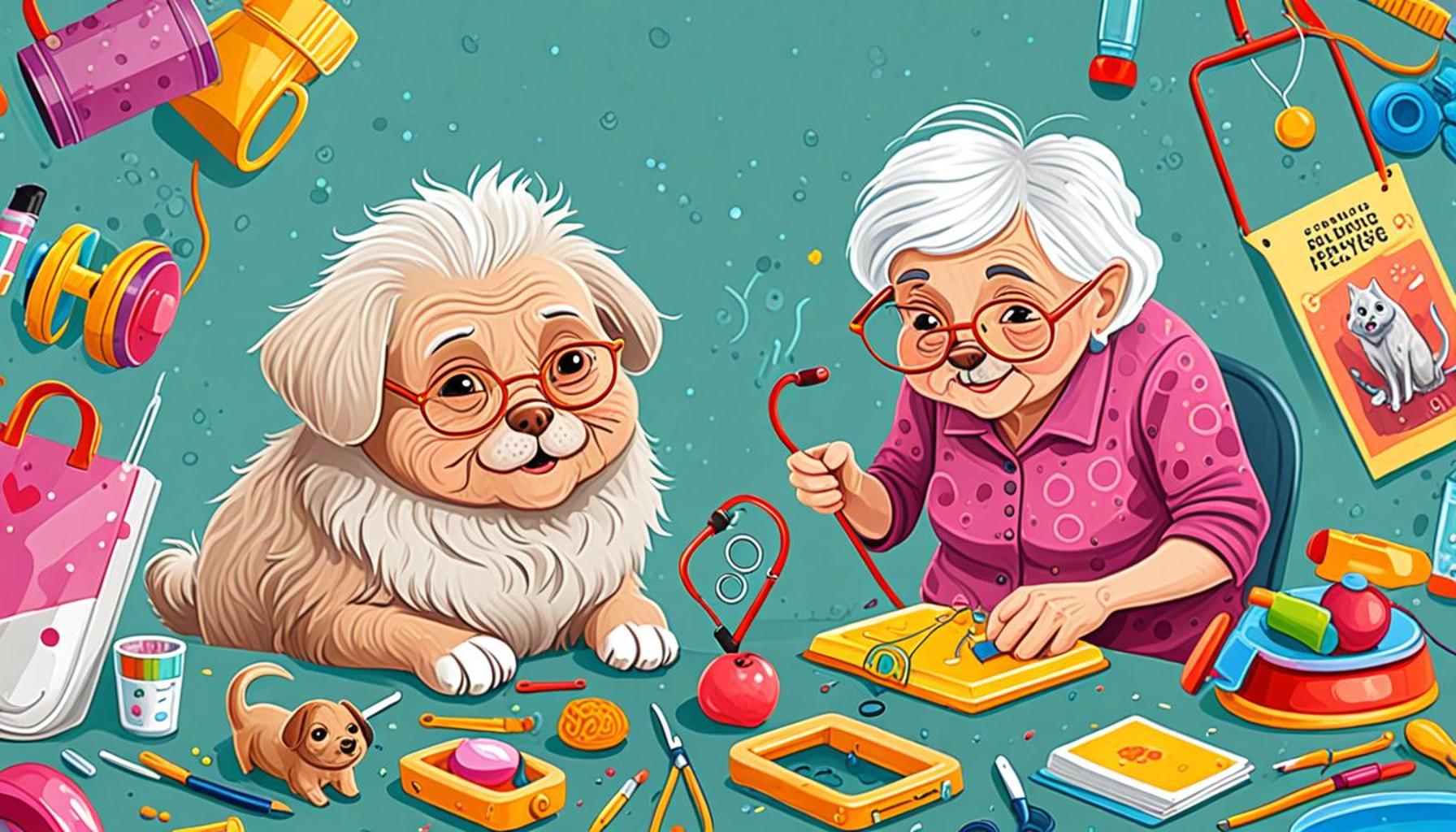Positive Reinforcement Training for Dogs: Building Trust and Obedience

Building Trust Through Training
Developing a deep-seated relationship with your dog stems from acknowledging and addressing their behavioral needs. Many dog owners across the United States are turning to positive reinforcement training, a method that has not only surged in popularity but has also been shown to cultivate trust between pet and owner while promoting adherence to commands through the rewarding of positive actions.
What is Positive Reinforcement Training?
This training paradigm relies on a fundamental yet transformative idea: it is far more effective to reward good behavior than to penalize unwanted actions. Here are some core characteristics of this approach:
- Rewards: Rewards can come in various forms—small treats, enthusiastic verbal praise, or engaging play sessions. Each reward motivates the dog to replicate desirable behaviors more frequently.
- Consistency: Maintaining clarity and consistency in commands is crucial. For instance, using the same phrase for “sit” every time helps a dog internalize the lesson, establishing clear lines of communication.
- Bonding: This technique goes beyond mere obedience; it nurtures a robust emotional connection between you and your dog, fostering a sense of security for both parties.
Through positive reinforcement, training sessions evolve into enjoyable interactions rather than mundane chores. The benefits of such an approach are astonishing, often leading to the transformation of an unruly puppy into a well-mannered companion eager to please.
Why Choose This Method?
Numerous studies highlight the efficacy of positive reinforcement in fostering lifelong learning in dogs. When a dog associates their actions with rewards, they are more inclined to display:
- Improved behavior: This includes a noticeable reduction in aggressive tendencies and a marked decrease in anxiety levels.
- Better social skills: Dogs trained using this technique often exhibit superior behaviors during interactions, both with humans and within social environments involving other pets.
- Increased confidence: The dog grows more secure in their abilities, paving the way for more proactive behaviors and reducing fears.
Furthermore, many positive reinforcement advocates recommend incorporating family members into training sessions. This inclusion not only establishes consistent commands but also helps dogs learn to interact positively with various individuals, solidifying their social skills. As we continue to explore the nuances of positive reinforcement training, it becomes clear why it is an essential tool for cultivating a loyal, obedient, and ultimately joyful four-legged friend.

DISCOVER MORE: Click here to learn about proper nutrition for your pet’s health
Understanding the Psychology Behind Positive Reinforcement
To grasp the full potential of positive reinforcement training, it is essential to delve into the psychology of dogs. Dogs, like humans, thrive on motivation and reward-based systems. The principle behind this method is grounded in behavioral psychology, specifically related to the concept known as operant conditioning. This framework suggests that behaviors followed by rewarding outcomes are more likely to be repeated, while those that yield negative results tend to diminish over time.
The Science of Reward-Based Learning
When training your dog, understanding how to leverage this principle can lead to significant advancements in both behavior modification and obedience training. Here are a few fundamental aspects to consider:
- Timing is key: The effectiveness of positive reinforcement largely depends on the timing of the reward. Immediate rewards help the dog make a clear association between the behavior and the outcome, solidifying learning. For instance, if your dog sits on command, delivering a treat within seconds reinforces their understanding of the desired behavior.
- Variety of rewards: Dogs can quickly become bored with the same reward. While treats are a common incentive, incorporating praise, affection, or playtime can maintain their interest and motivation. Experimenting with different types of rewards can uncover what truly resonates with your canine companion.
- Understanding your dog’s needs: Each dog is unique, which means their motivations may vary. Some may respond better to food rewards, while others might find joy in receiving praise. Recognizing what drives your dog will allow you to tailor your approach for maximum impact.
Moreover, learning does not occur in isolation; the environment plays a pivotal role as well. Training should ideally take place in low-distraction settings, gradually transitioning to more stimulating environments as your dog becomes proficient with commands. This ensures that your dog can generalize behaviors across various contexts, thereby reinforcing obedience in real-world situations.
Strengthening the Human-Canine Bond
The bond between a dog and its owner is a product of trust and mutual understanding. Positive reinforcement actively contributes to this bond because it emphasizes a collaborative learning process rather than a punitive one. By rewarding your dog for appropriate behaviors, you foster an atmosphere of trust where your dog feels secure in exploring new commands without the fear of reprimand.
This emotional safety can lead to remarkable transformations. Dogs that are cultivated through positive methods often emerge as more emotionally balanced, confident companions. They are equipped not only to obey commands but also to engage in positive interactions with both humans and other animals, which is vital for their overall development.
As we journey through the applications and benefits of positive reinforcement training, it becomes increasingly clear that this approach is not merely a technique for instilling obedience; rather, it shapes a meaningful relationship anchored in trust, respect, and joy.
| Advantages | Key Features |
|---|---|
| Enhanced Bonding | Positive reinforcement creates a trusting relationship between dog and owner, fostering emotional connections. |
| Improved Obedience | Consistent rewards for proper behavior lead to higher compliance and less behavioral issues over time. |
The methodology behind positive reinforcement training hinges on the science of behavior. When dogs are rewarded for desirable actions with treats, praise, or playtime, they learn to associate those behaviors with positive outcomes. This scheme not only raises compliance but also nurtures trust, making it beneficial for both pet and owner.Moreover, dogs trained through this approach often show less anxiety and behavioral problems, as they feel secure in knowing that their actions will yield commendations rather than fear of punishment. For instance, a playful pup who receives a cookie for sitting patiently quickly learns that good behavior is rewarding.Additionally, positive reinforcement can be tailored to each dog’s personality, enhancing engagement in training sessions. By integrating games and interactive play, owners maintain their dog’s interest, making training a fun experience. This not only leads to effective learning but also deepens the bond between the dog and their human companion. As you dive deeper into this nurturing training method, you will discover how significant patience, consistency, and understanding are in building a harmonious relationship with your furry friend.
DISCOVER MORE: Click here to learn effective dog training techniques
Effective Techniques for Implementing Positive Reinforcement
Once you grasp the fundamentals of positive reinforcement, it’s time to put them into practice. Implementing effective techniques that encapsulate this approach can enhance your dog’s training experience and yield exemplary results. Here, we explore various strategies that ensure your training sessions are productive, engaging, and enjoyable for both you and your dog.
Utilize a Clicker for Precision Communication
One of the most effective tools in positive reinforcement training is the clicker. This small device produces a distinct sound that serves as a marker for desirable behavior. By associating the click sound with a reward, you create a clear and immediate form of communication with your dog. When training, the sequence is simple: your dog performs the desired action, you click the clicker, and then provide a reward. This method helps clarify which specific behavior is being reinforced, making it easier for your dog to learn more complex commands. Studies show that clicker training can accelerate the learning process while enhancing accuracy in behavioral tasks.
Practice the ‘10-Minute Rule’
When it comes to training durations, less is often more. The 10-minute rule suggests that short, focused training sessions can lead to better retention and engagement. Dogs naturally have short attention spans, and lengthy sessions can lead to frustration for both parties. By breaking training into short, manageable segments, you can maintain your dog’s enthusiasm and motivation. During these 10-minute sessions, aim to cover one to two skills or commands, reinforcing them consistently. This structure keeps the experience fresh and enjoyable, allowing your dog to retain information effectively.
Establish a Routine for Consistency
Establishing a routine is crucial to the successful implementation of positive reinforcement training. Dogs are creatures of habit and thrive on predictable patterns. By consistently practicing specific commands and rewarding desired behaviors at the same times each day, you create an environment where learning becomes second nature. For example, incorporating morning and evening training sessions, integrated into regular walks, can make the experience more seamless and enjoyable for both you and your dog. Additionally, consistency not only builds trust but contributes significantly to your dog’s overall understanding and predictability in responding to commands.
Addressing Misbehavior with Compassion
Even with the best training, misbehavior can occur. Understanding how to address these situations is pivotal in maintaining the training’s integrity. Instead of resorting to punitive measures, redirect your dog’s attention towards a positive behavior, subsequently rewarding them for compliance. For instance, if your dog jumps on visitors, teaching them to sit and rewarding that behavior effectively curbs the jumping habit without instilling fear or anxiety. This technique emphasizes that good behavior is far more rewarding than negative actions, reinforcing trust in you as their trainer.
Measuring Success Through Gradual Challenges
A crucial part of effective positive reinforcement training is recognizing and implementing gradual challenges. Start your dog with simple commands and progressively introduce more complex tasks. This builds their confidence and solidifies the learned behaviors. For example, you might start focusing on basic commands like “sit” and “stay” before moving onto more complicated tricks, such as “roll over” or “play dead.” This step-by-step progression encourages your dog to engage willingly in the learning process and solidifies their place in the training journey.
As you explore these techniques, it becomes apparent that implementing positive reinforcement training is about creating an enriching environment marked by trust, empathy, and growth. Undoubtedly, the journey of training is as much about the process as it is about the desired outcome.
DISCOVER MORE: Click here to learn how to help your cat
Conclusion: The Lasting Impact of Positive Reinforcement
In the realm of dog training, the approach of positive reinforcement stands out as a beacon of trust and cooperation. By emphasizing rewarding desired behaviors instead of punishing mistakes, this method fosters a nurturing environment where dogs feel safe to learn and explore. As we have discussed, utilizing tools like clickers, adhering to the 10-minute rule, and establishing consistent routines are pivotal components that enrich this training process.
Moreover, addressing misbehavior with empathy rather than discipline not only curbs negative actions but also strengthens the bond between you and your dog. This relationship, built on mutual understanding and respect, becomes a foundation for lasting obedience and companionship. When challenges arise, recognizing the importance of gradual progression enables you to tailor your approach to your dog’s unique learning pace, ensuring they grow in confidence and capability.
Ultimately, the journey of training is not merely about mastering commands; it is a profound exploration of partnership. By adopting positive reinforcement techniques, you not only enhance your dog’s skills but also enhance their life, building a bond of loyalty and trust that will endure through the years. If you’re ready to embark on this rewarding path, the potential for discovery is limitless. Delve deeper into the principles of positive reinforcement, and witness how transformative this method can be for both you and your furry friend.


